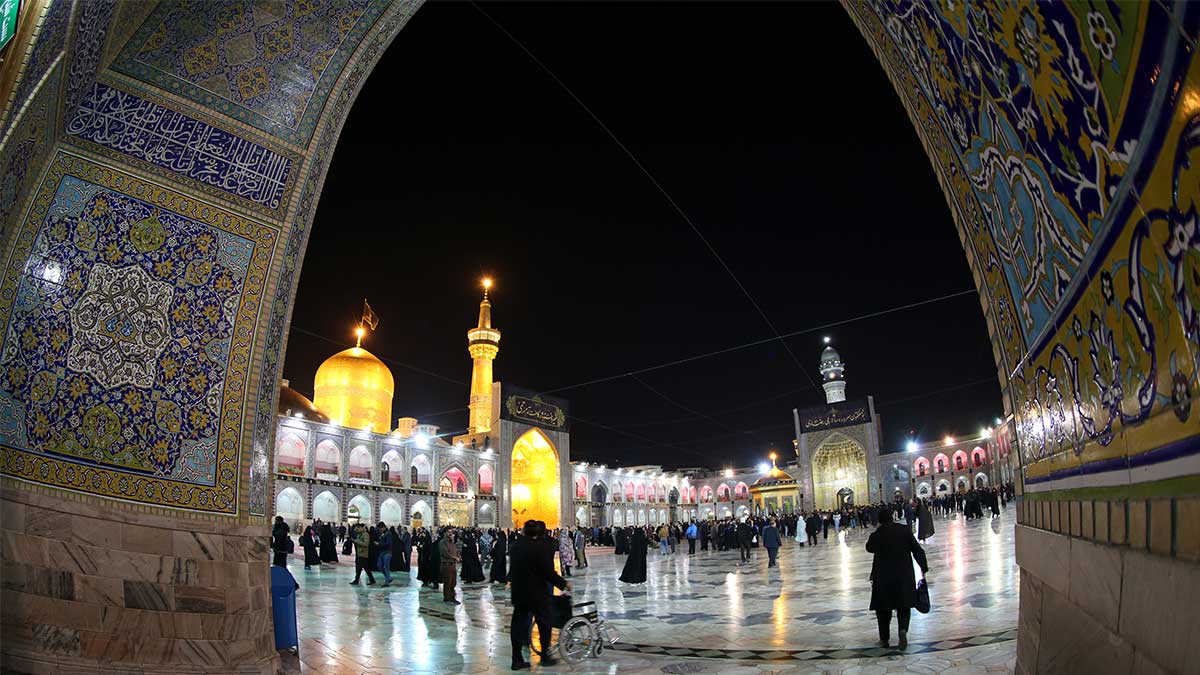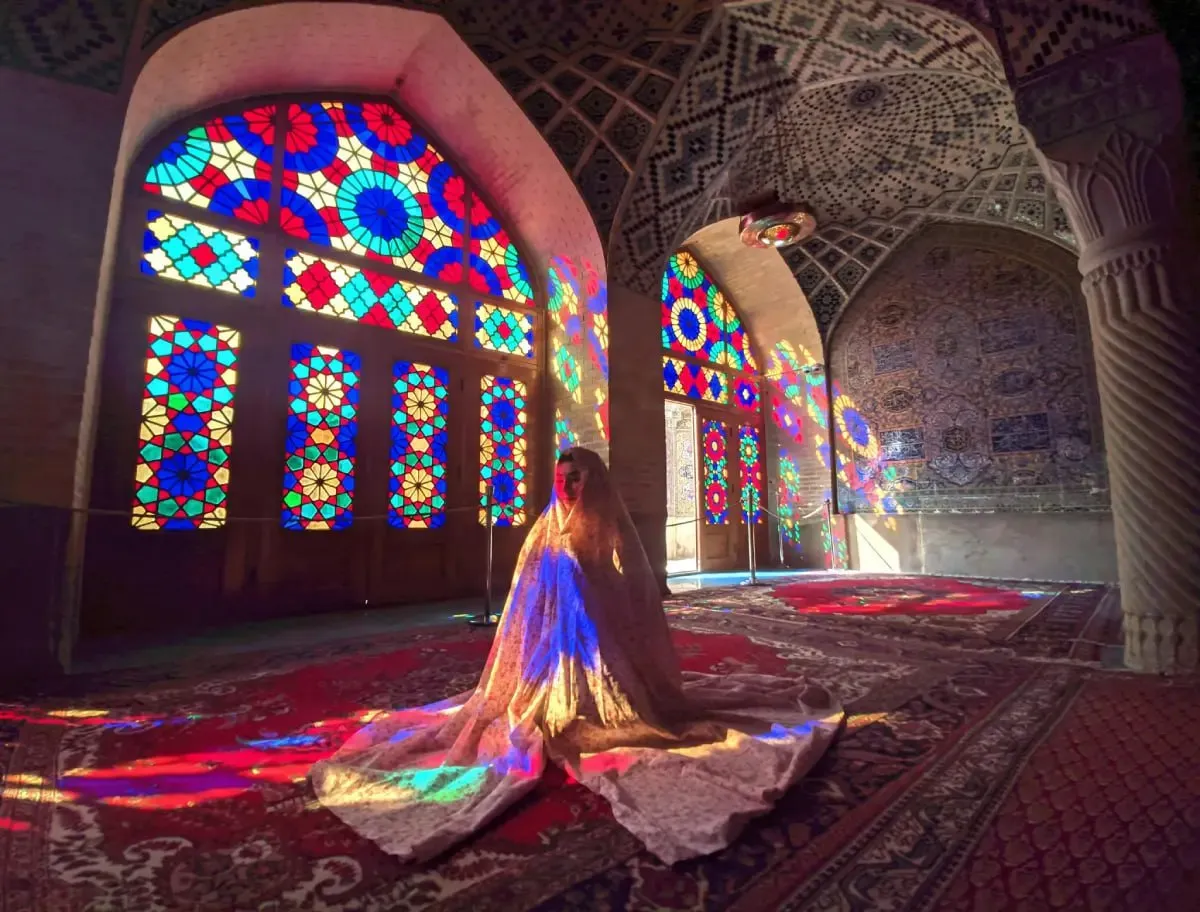Experiencing a pilgrimage (ziyarat) in Iran isn’t just a trip; it’s a deep spiritual journey that touches your heart. Every aspect of the pilgrimage is filled with meaning, from what you wear to how you pray. Wearing the proper attire is a sign of respect and humility, showing your reverence for the sacred sites you’re about to visit. And when you offer prayers and supplications, you connect with something more splendid, seeking blessings and guidance for your journey. So, as you prepare for your pilgrimage to Iran, remember to dress modestly, pray sincerely, and approach each moment with a heart open to the spiritual experience awaiting you.
Codes of Ziyarat in Iran
Experiencing a pilgrimage is not merely a physical journey; it’s a sacred odyssey of the soul, a quest for spiritual enlightenment, and a profound connection with the divine. As you prepare to journey to the revered shrines in Iran, it’s essential to familiarize yourself with the codes of ziyarat, the etiquettes that govern this sacred experience.
Serving Others with Reverence
In the realm of pilgrimage, Muslims uphold a sacred obligation to serve fellow pilgrims, a tradition you too can embrace during your visit. Remember, every pilgrim you encounter has rights over you. Be considerate, anticipate their needs, and offer assistance willingly. Prepare necessities, offer comfort, and embody the spirit of service throughout your journey. By extending kindness and assistance to others, you contribute to the harmonious and supportive atmosphere of the pilgrimage.
Respectful Conduct in Sacred Spaces
As you step into the sanctified precincts of the shrine, it’s essential to maintain an atmosphere of reverence and solemnity. Avoid loud talking, inappropriate jesting, or engaging in private conversations. Show respect for the sanctity of the space by refraining from entering areas designated for women without permission. By adhering to these guidelines, you honor the sacredness of the pilgrimage sites and demonstrate your reverence for the spiritual significance they hold.

Embracing Humility and Dhikr
Humility lies at the heart of pilgrimage etiquette, a principle that transcends cultural boundaries. Before approaching the shrine, purify your intentions with a ritual bath (ghusl), symbolizing the cleansing of both body and soul. Engage in constant remembrance of the divine (dhikr), steering clear of vain and frivolous conversations. By embracing humility and spiritual reflection, you deepen your connection with the sacred journey and open your heart to divine guidance.
Rituals of Arrival at the Shrine
Upon reaching the entrance of the shrine, immerse yourself in the prescribed rituals with utmost devotion. Recite short ziyaraat, expressing reverence and supplication to the revered figures interred within. Let each step you take towards the shrine be infused with reverence, humility, and a deep sense of spiritual longing. By participating in these rituals, you honor the legacy of the pilgrimage tradition and invite blessings upon your journey.
Concluding Ziyarat with Farewell Dua
As your pilgrimage journey nears its conclusion, it’s customary to bid farewell to the sacred sites with a heartfelt dua, a tradition deeply rooted in the pilgrimage experience. After completing your ziyarat, offer a fervent prayer, expressing gratitude for the blessings received and seeking divine favor for the journey ahead. Farewell with sincerity and pray eagerly for the opportunity to return, longing to once again immerse yourself in the spiritual ambiance of these holy places. As you depart, carry with you the memories of your pilgrimage and the hope of future encounters, knowing that your journey has left an indelible mark on your soul.
If you’re considering traveling for Ziyarat in Iran, explore Visit Our Iran’s Ziyarat tour packages page for comprehensive pilgrimage experiences.
Dress Code Basics
In Iran, the dress code isn’t just a matter of personal preference; it’s a reflection of deep-seated cultural and religious values. By dressing modestly, you honor these traditions and show respect for the spiritual significance of the pilgrimage sites. Modesty in attire is seen as a form of humility and reverence, qualities that are integral to the pilgrimage experience.
For Men
Men are expected to dress in a manner that covers their bodies appropriately while still ensuring comfort in the often warm climate of Iran. It’s important to note that shorts are not acceptable attire for men in these sacred spaces. Opt instead for long pants, which convey respect and adherence to cultural norms.
For Women
For women, the dress code is particularly important. Covering the head with a scarf or shawl is not only a sign of respect but also a symbol of humility before the divine. During Ziyarat in Iran, women are encouraged to wear a chador as a symbol of modesty and respect for the sacredness of the pilgrimage sites. However, if you find yourself without one, fret not. Chadors are readily available at the entrance of holy shrines, allowing you to adhere to the customs with ease.

Chador
The chador holds a special significance in Iranian culture and is often associated with piety and devotion. While not always required, wearing a chador in holy places such as mosques and shrines is a gesture of respect and reverence. Upon entering these sacred spaces, the chador envelops the wearer, creating a sense of humility and spiritual focus.
Accepting and embracing the chador is an invitation to immerse oneself fully in the spiritual ambiance of the pilgrimage. In the bustling crowds of pilgrimage sites, wearing appropriate attire helps you blend in with the local community and navigate the surroundings with ease.
To gain a comprehensive understanding of ziyarat (pilgrimage) in Iran, we invite you to explore our article “Iran Ziyarat Guide: Shrines in Iran“.
In Conclusion
As you enter the sacred shrines of Iran, remember that each moment is an opportunity for spiritual elevation and connection. Uphold the codes of ziyarat with sincerity and reverence, for they serve as guideposts on the path to divine proximity.
Preparing for a pilgrimage in Iran involves more than just packing the essentials; it requires a mindful approach to dress and demeanor. By embracing the dress code with humility and reverence, you honor the cultural and spiritual traditions of the land. Each garment becomes a symbol of your dedication to the pilgrimage journey, guiding you toward a deeper connection with the divine.
If you require consultation or assistance with obtaining a Ziyarat visa for your pilgrimage journey, our dedicated team in Iran is here to help. We understand the significance of this sacred voyage and are committed to ensuring a smooth and hassle-free experience for every pilgrim. Feel free to contact us for personalized assistance and expert advice.
May your journey be filled with blessings, enlightenment, and a profound sense of closeness to the divine. Safe travels on your pilgrimage of the soul.